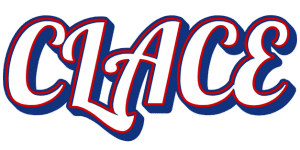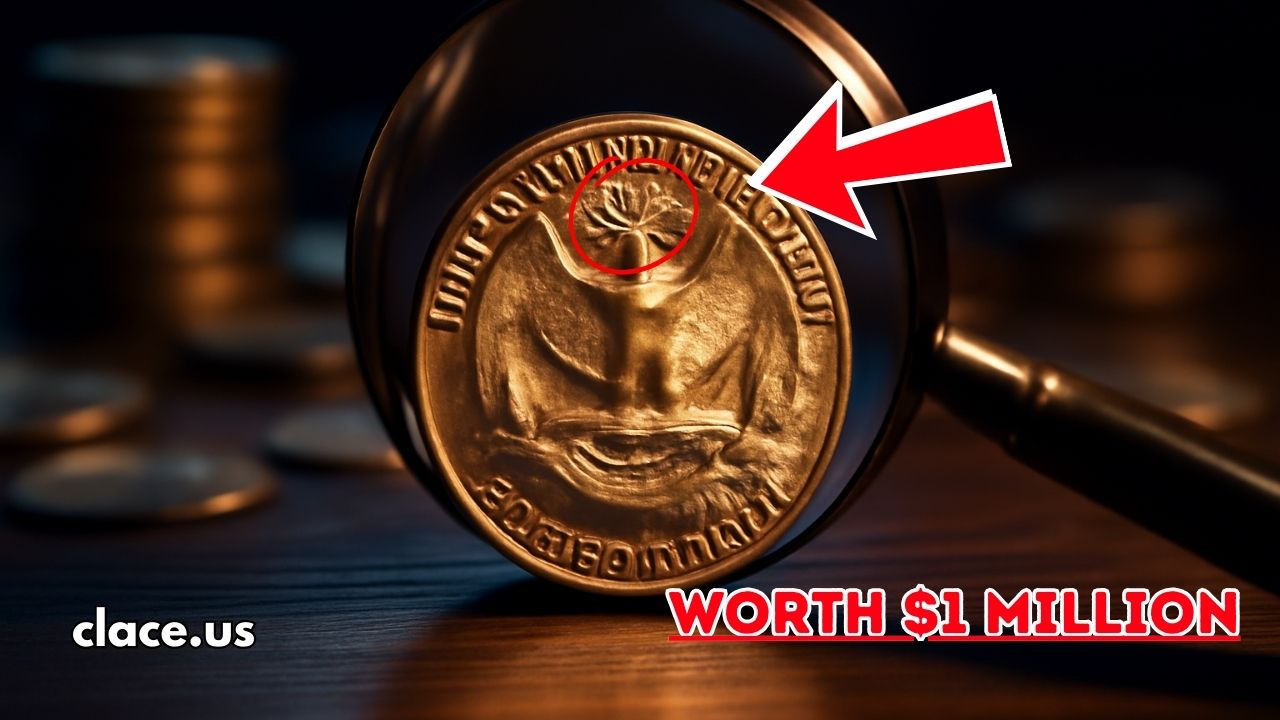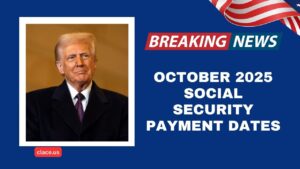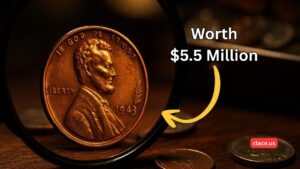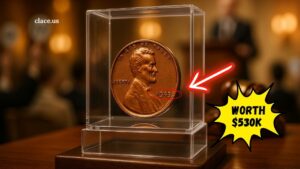This Bicentennial Quarter Could Be Worth $1 Million – Check If You Have One
Imagine reaching into your pocket, grabbing a quarter, and realizing it could be worth a fortune. For many coin collectors, this scenario isn’t just a dream—it’s a real possibility with the Bicentennial Quarter.
This special coin, minted in 1975 and 1976 to celebrate America’s 200th birthday, features a unique design.
Most of these quarters are worth just 25 cents, but a few rare versions have sold for up to $1 million. Want to know if your quarter could be worth a small fortune? Keep reading to find out.
Why Some Bicentennial Quarters Are Worth So Much
Not all Bicentennial Quarters are worth a fortune. So why do some fetch such high prices? The answer lies in rarity, minting errors, and collector editions.
| Type of Quarter | Description | Value Range |
|---|---|---|
| 1976-S Silver Proof Quarter | Produced for collectors, contains 40% silver. | Up to $10,000 |
| No S Proof Quarter | A rare minting error with no “S” mintmark. | Over $1 million |
| Regular Bicentennial Quarter | Standard coin minted with drummer boy design. | 25 cents |
1976-S Silver Proof Quarter
In 1976, the U.S. Mint produced a limited number of silver proof quarters. These coins contain 40% silver, which gives them both collectible and intrinsic value.
Well-preserved examples of these silver proof quarters can be worth thousands of dollars, with top-quality coins reaching $10,000.
The Famous “No S” Proof Quarter
The “No S” proof quarter is even rarer. Normally, proof coins made in San Francisco have the “S” mintmark, but some were accidentally produced without it.
This minting error makes the No S Proof a prized find among collectors. In fact, in 2019, one of these coins sold for over $1 million. Talk about a lucky find!
How to Spot a Rare Bicentennial Quarter
You might have a valuable Bicentennial Quarter without even knowing it. Here’s how to tell if yours could be worth more than just 25 cents.
Check the Mintmark
Look closely at the front of the coin (with George Washington’s portrait). If it was made in San Francisco, it should have an “S” mintmark beneath the date. If there’s no mintmark, you may have a “No S” Proof coin.
Examine the Weight and Shine
Silver proof quarters look shinier and weigh more than regular ones. If your coin looks different from the usual quarters, it might be a silver proof. You can confirm this by having it checked by a jeweler or coin dealer.
Look for Minting Errors
Minting mistakes, like double strikes, off-center images, or misaligned letters, can increase a coin’s value. Use a magnifying glass to spot these small but important details.
Don’t Clean the Coin
One common mistake is polishing coins to make them look shiny. This actually lowers their value. Collectors prefer coins in original condition, even if they look worn.
Get It Verified
If you think you’ve found something valuable, the best thing to do is to have it graded by a professional service like PCGS or NGC. They can confirm whether your coin is rare and assign a value to it.
The Bicentennial Quarter is more than just a symbol of America’s independence. For a few lucky collectors, it’s a potential treasure worth thousands—or even millions.
While finding a “No S” Proof is rare, coins with minting errors and silver proofs still pop up from time to time. So, the next time you reach for change, take a moment to look closely. You might just be holding a piece of history—and a hidden fortune.
FAQs
The Bicentennial Quarter was minted in 1975 and 1976 to celebrate the 200th anniversary of America’s independence. It features George Washington on the front and a drummer boy on the back.
Look for signs of minting errors, check for the “S” mintmark, and examine the weight and shine of the coin. If it’s a silver proof or has an error, it could be worth more.
The best place to sell a rare Bicentennial Quarter is through reputable auction houses or trusted coin dealers. Make sure to avoid selling online to unverified buyers.
